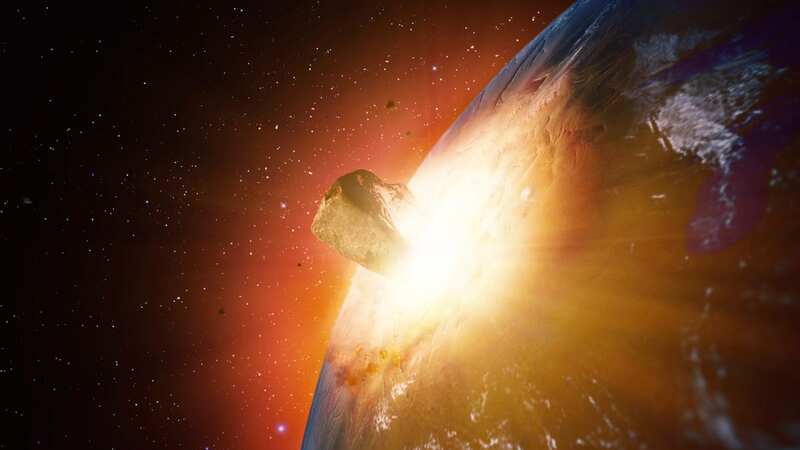Exact date mystery asteroid could hit Earth with force of 2.6billion tons of TNT

A huge 54million ton asteroid could be on a collision course with Earth later this year and wipe out life as we know it - but NASA is not certain where it is.
Dubbed 2007 FT3, the 1,030ft space rock was spotted for just over a day 16 years ago before it became too faint and vanished. Officially dubbed a lost asteroid, it was observed long enough for scientists to work out its orbit and any potential points it could hit our planetary home.
NASA's Center for Near Earth Object Studies identified dozens of potential impacts- including one on October 5, 2024. Luckily for those with plans for later this year, the chance of 2007FT3 hitting us is around one in 11.5million.
A spokesman for NASA told the Standard: “There are no known asteroid impact threats to Earth at any time in the next century. Nasa and its partners diligently watch the skies to find, track, and categorise asteroids and near-Earth objects (NEOs), including those that may come close to Earth.
"An important note here is planetary scientists define asteroid approaches that come within 30 million miles of Earth’s orbit as close approaches. The larger an asteroid is, the easier it is for our planetary defence experts to find, meaning that their orbits around the sun are usually very well-known and understood for years or even decades.”
 Mum's touching gesture to young son who died leaves Morrisons shopper in tears
Mum's touching gesture to young son who died leaves Morrisons shopper in tears
Although weighing in at 54 million tons and being more than 1,000 sounds scary, in cosmic scales it is tiny. Experts believe the asteroid which wiped out the dinosaurs 66 million years ago was around six miles wide, close to one trillion tons and collided at a speed of around 45,000mph. The force of the blast was around 10 billion atomic bombs.
It is believed to have hit the Earth 24 miles off the Yucatan Peninsula's port in Mexico. The resulting crater is more than 115 miles wide and 20 miles deep. Half is underwater and the rest covered by rainforest. It played a significant role in the Cretaceous-Paleogene extinction which eradicated nearly three-quarters of plant and animal species, including the largest ever land animals. Some were burned alive or drowned, but most shivered and starved to death.
It had global consequences, throwing massive amounts of dust, sulphur and carbon dioxide into the atmosphere. The dust and sulphur formed a cloud that reflected sunlight and dramatically reduced Earth's temperature. A study based on earlier estimates suggested it dropped surface temperatures by as much as 26C. The sub-freezing temperatures persisted for at least three years and possibly lasted decades.
Read more similar news:
Comments:
comments powered by Disqus

































